Dear readers, have you ever thought about fasteners and zippers, buttons and buckles on clothes and accessories? Who started producing them and how? Where are such accessories most often used? And in general, what year did it appear? Let's figure it out!
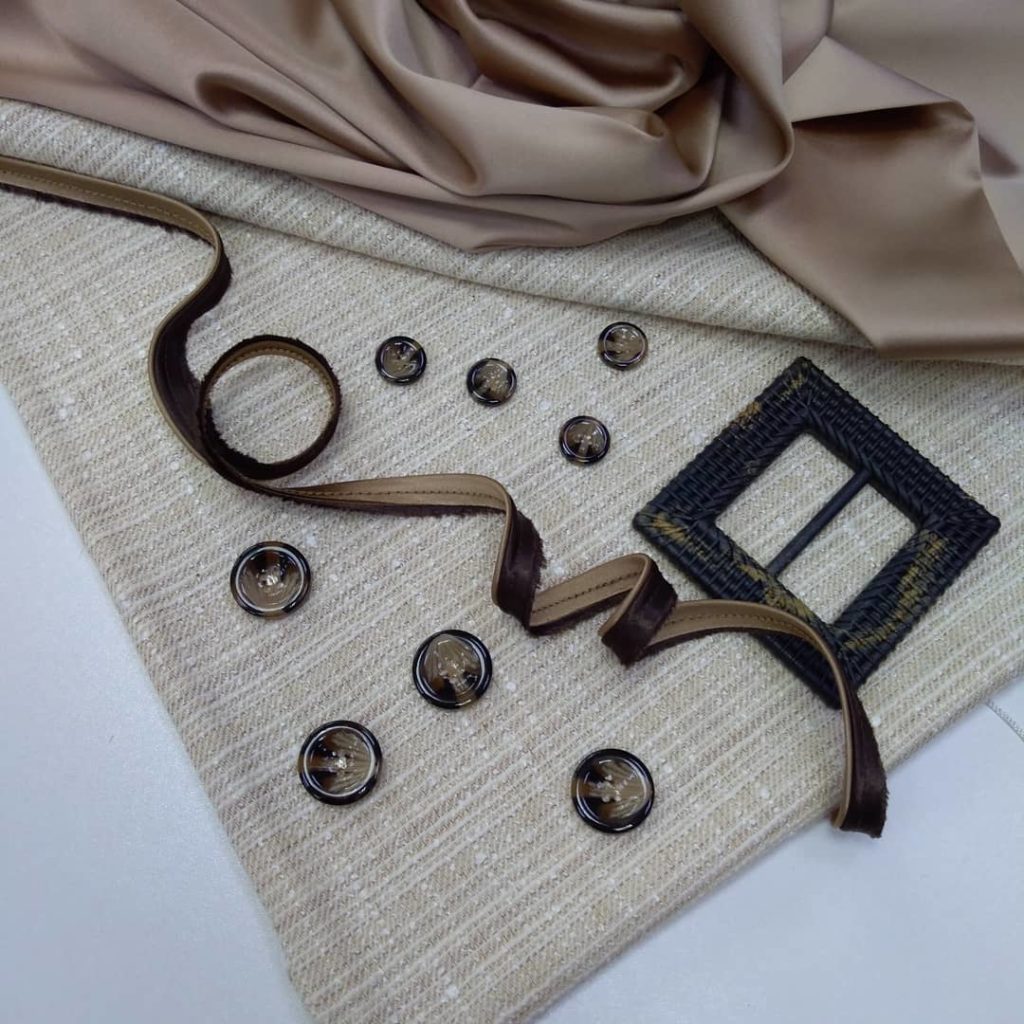
@dom_tkaney_furnitura
More than 20 thousand years ago, our ancestors used improvised materials. The buttons were the bones of large fish, the threads were made from plant fibers, the needles were thorns, and sometimes, in addition to animal skins, large plant leaves were used as fabrics. This is the beginning of the clothing industry and the use of accessories for products.
The first iron needles appeared in the 3rd century BC. They began to be used in Bavaria. And the first needles more or less similar to modern ones were made in Ancient Egypt, and this event dates back to the 5th century BC.
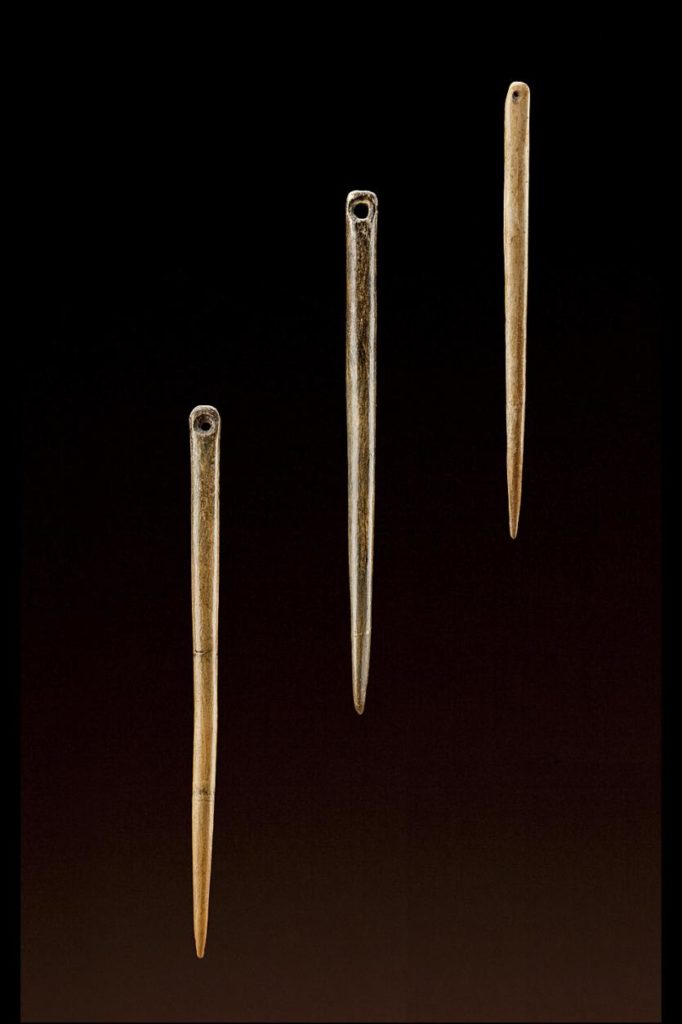
@sewanastasia.com
While conducting archaeological excavations in India on the Indus River, scientists discovered the first buttons. It is interesting that in that era their role was not to fasten clothes, but to decorate them.
Interesting! In France, during the reign of King Francis I, this accessory was so in demand that the monarch himself ordered a tailor to sew him a suit and decorate it with 13,600 small gold buttons.
Buttons appeared in Europe only in the middle of the 8th century - before that, tailors used tiny safety pins, which was extremely inconvenient, because they constantly came undone and injured the skin.
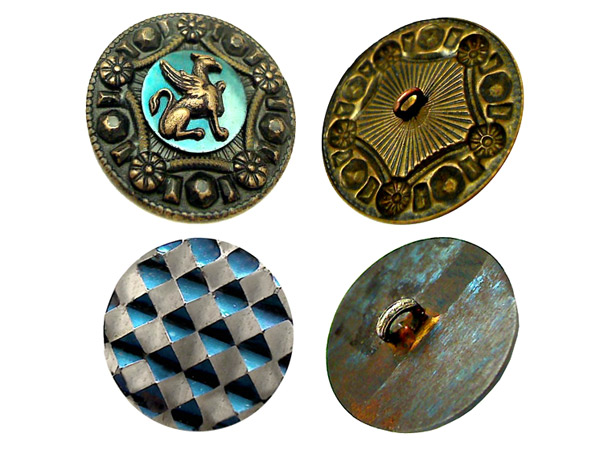
@slate.com
After a few more decades, buttons began to be used everywhere. They could be used to determine a person's status. This piece of fittings was made from a variety of materials, but the most commonly used were gold, silver, bronze, wood and glass. Already in 1370, the first sewing workshops began to open in Europe.
Do you know who designed the first sewing machine? Yes, yes, the same Italian scientist and inventor Leonardo da Vinci back in the 15th century. But then no one supported his idea. It's a pity! For several more centuries, tailors all over the world hand-sewed all kinds of things to order, because the world's first sewing machine with foot and hand controls from the famous Singer company appeared only in 1851 in the United States of America.
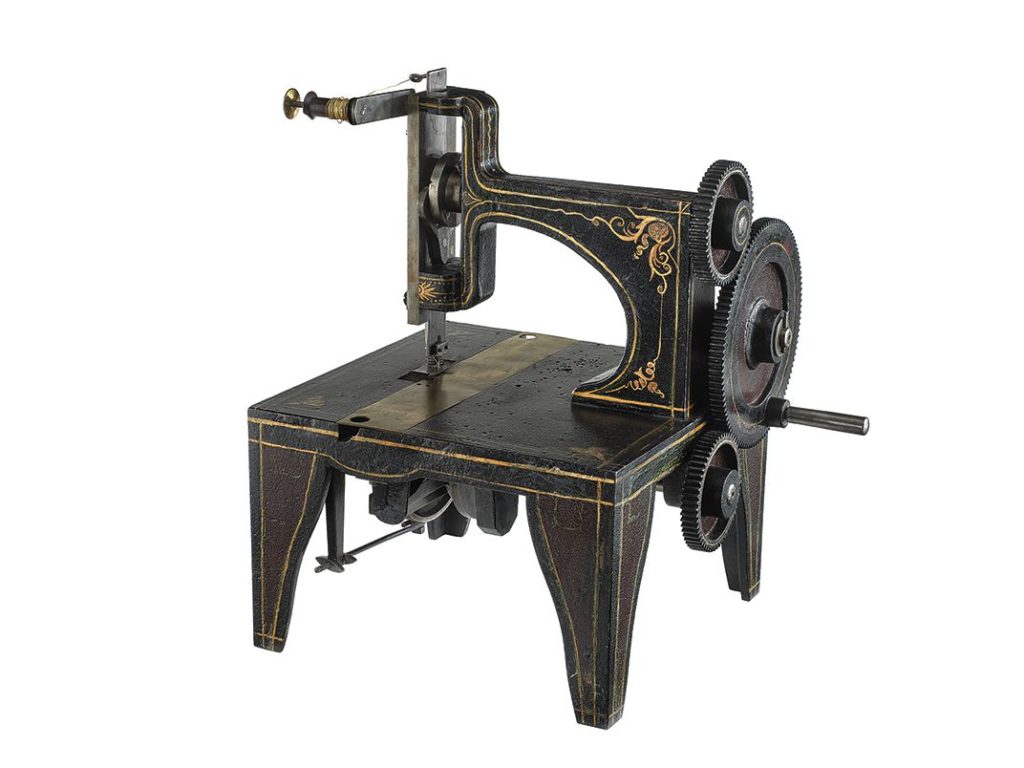
@smithsonianmag.com
Now in the modern world there are a huge number of types of accessories: from all kinds of buttons to ribbons, rhinestones, lace, zippers, fasteners, etc. The main types of fittings include:
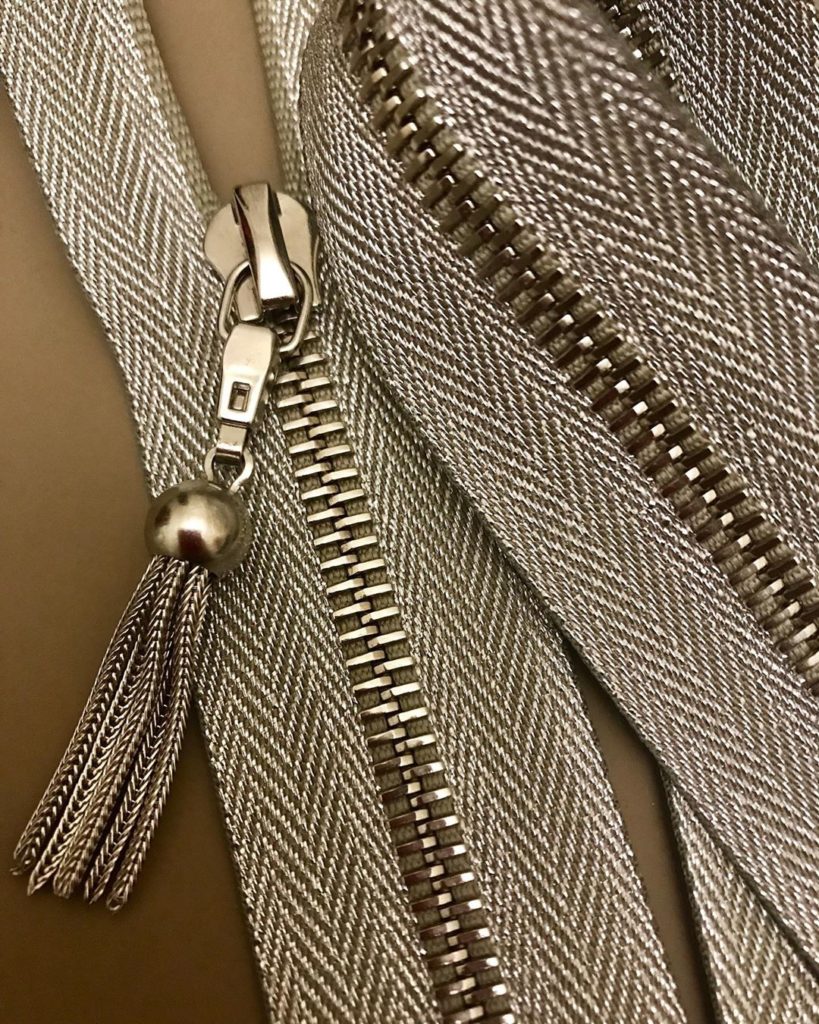
@deliana_group
As for beads, rhinestones and lace, explanations are unnecessary. Women's and children's clothing is rarely complete without such decorations.